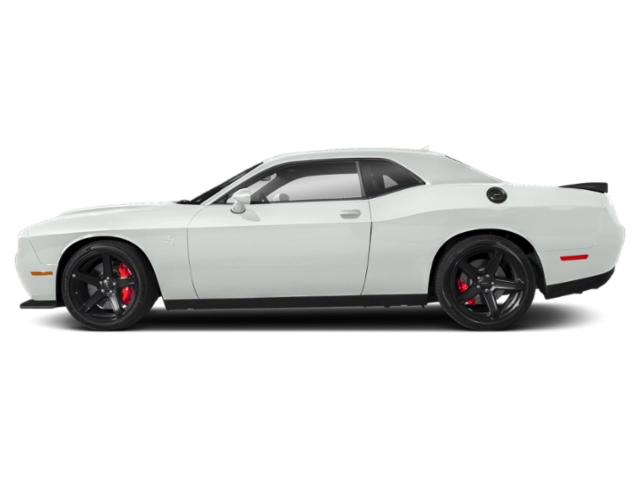2020 Dodge Challenger Owner's Manual

Table of Contents
2020 Dodge Challenger Overview
Introduction
The 2020 Dodge Challenger embodies the spirit of American muscle, offering a striking balance of aggressive styling, powerful performance, and modern technology. Known for its retro charm combined with contemporary features, the Challenger captures the thrill of driving while providing a spacious interior to ensure comfort for all passengers. This powerhouse stands out on the road with its bold design and commands attention with its robust presence.
Powertrains
The 2020 Challenger offers an impressive lineup of powertrains designed to cater to a variety of driving preferences. The base model features a 3.6-liter V6 engine that delivers 303 horsepower, providing a spirited performance for daily drives. For those craving more power, the formidable 5.7-liter HEMI V8 generates 372 horsepower. The thrill-seekers can opt for the supercharged 6.2-liter HEMI V8, which is available in various configurations, offering up to a staggering 797 horsepower in the Hellcat Redeye. Each engine is paired with an efficient automatic transmission that delivers smooth gear shifts, while an available six-speed manual transmission caters to purists seeking a more engaging driving experience.
Trims
The 2020 Dodge Challenger is available in multiple trims, including the SXT, GT, R/T, R/T Scat Pack, and the high-performance SRT Hellcat and Hellcat Redeye. Each trim caters to different tastes, from the well-equipped SXT featuring advanced safety features to the track-focused SRT models that boast extreme power and agility. Regardless of the trim chosen, every Challenger comes loaded with features that enhance both performance and comfort.
Features
Equipped with a plethora of features, the 2020 Challenger ensures a pleasurable driving experience. Standard features include a 7-inch infotainment system with smartphone integration, Bluetooth connectivity, available leather-trimmed seats, and a robust audio system. Higher trims offer even more luxurious appointments, premium audio systems, heated and ventilated seats, and advanced driver-assistance technologies that elevate both convenience and safety on the road.
Owner's Manual
The 2020 Dodge Challenger owner's manual offers comprehensive guidance on the vehicle's features, maintenance procedures, and safety protocols. It serves as an essential resource for owners, detailing how to maximize the Challenger's performance capabilities while maintaining its safety and longevity. This manual is designed to enhance the ownership experience, providing information on everything from routine maintenance schedules to troubleshooting tips, ensuring that every driver can enjoy their Challenger to the fullest.
User manual download
The Dodge Challenger owner manual for the 2020 model year is to be found in PDF downloadable format on this page. The owner manual for the model year 2020 is free and in English, but the repair manuals are usually not easy to get and may cost more.
Manual Questions
Fill the form below and someone will help you!

